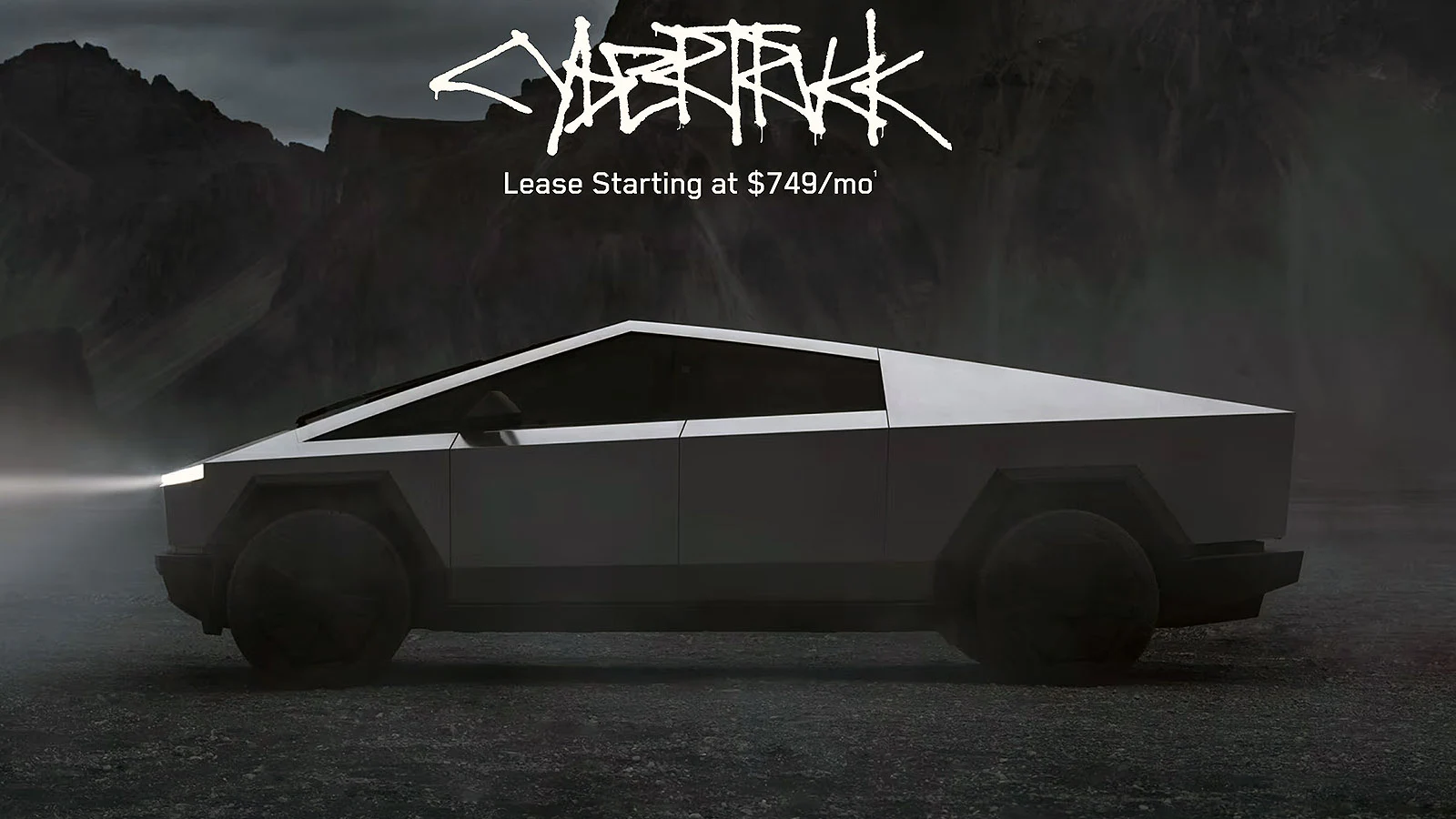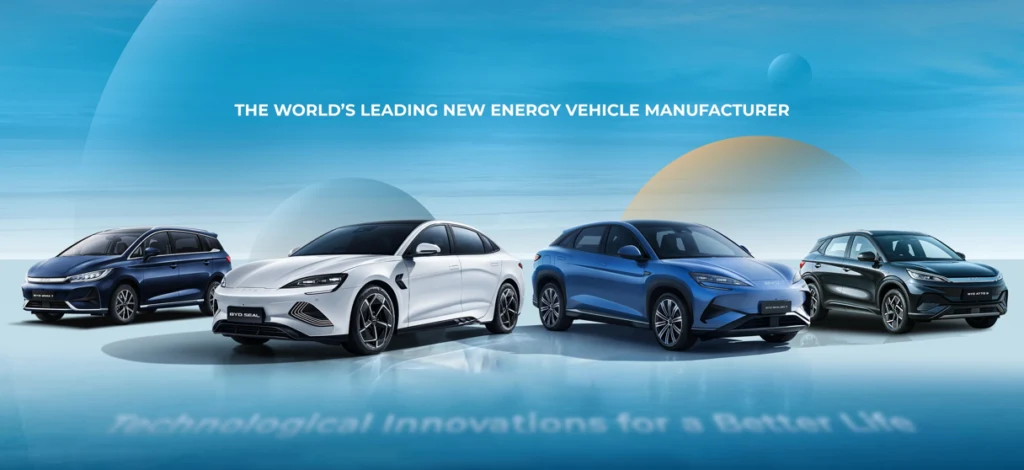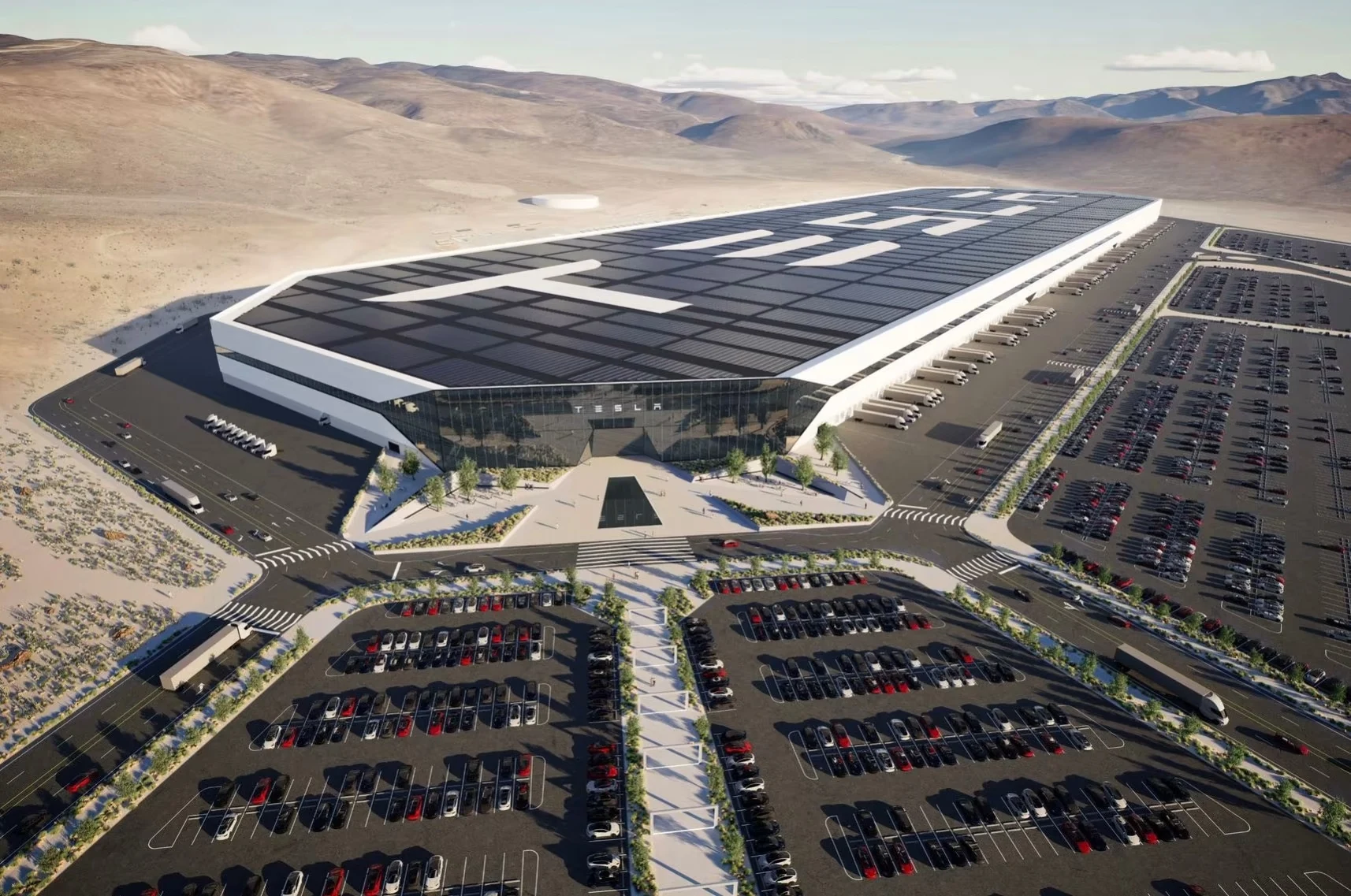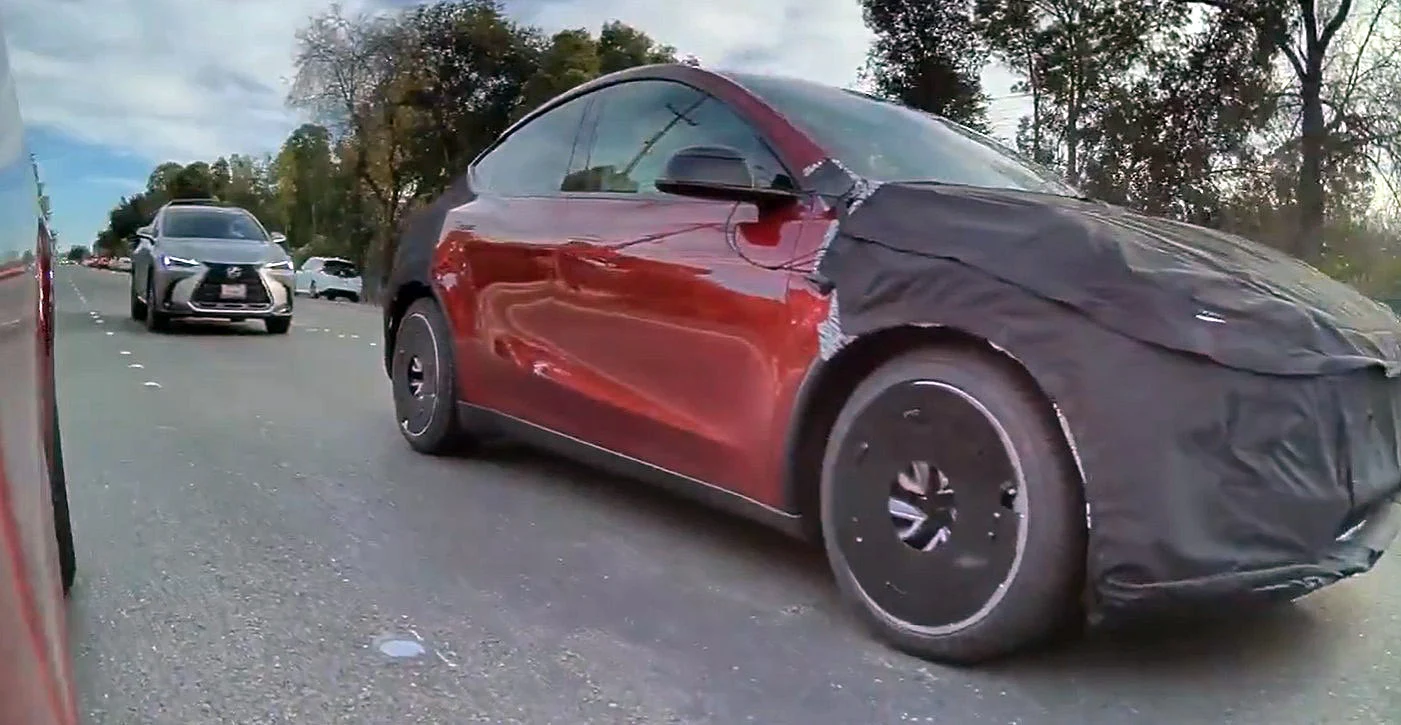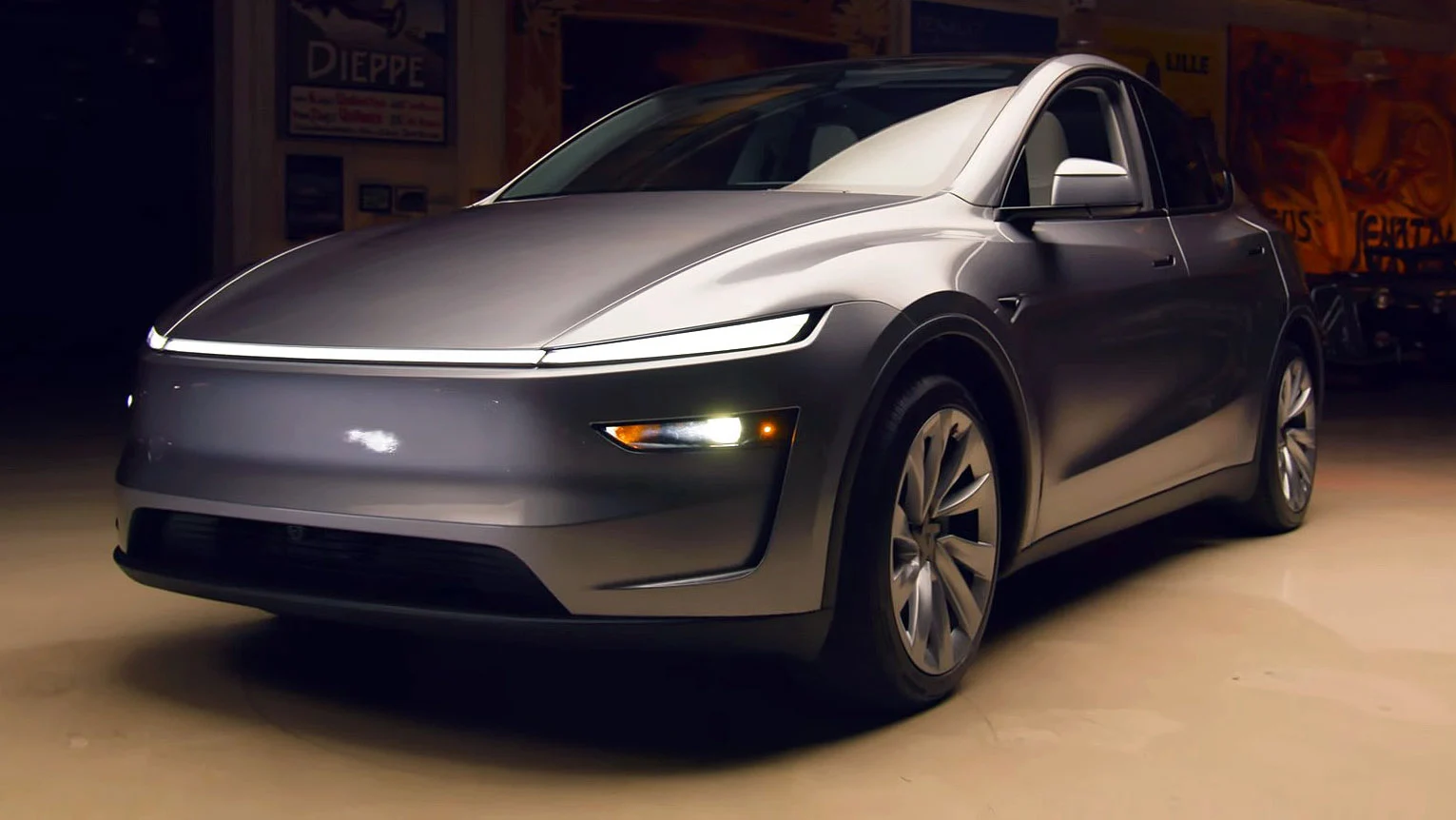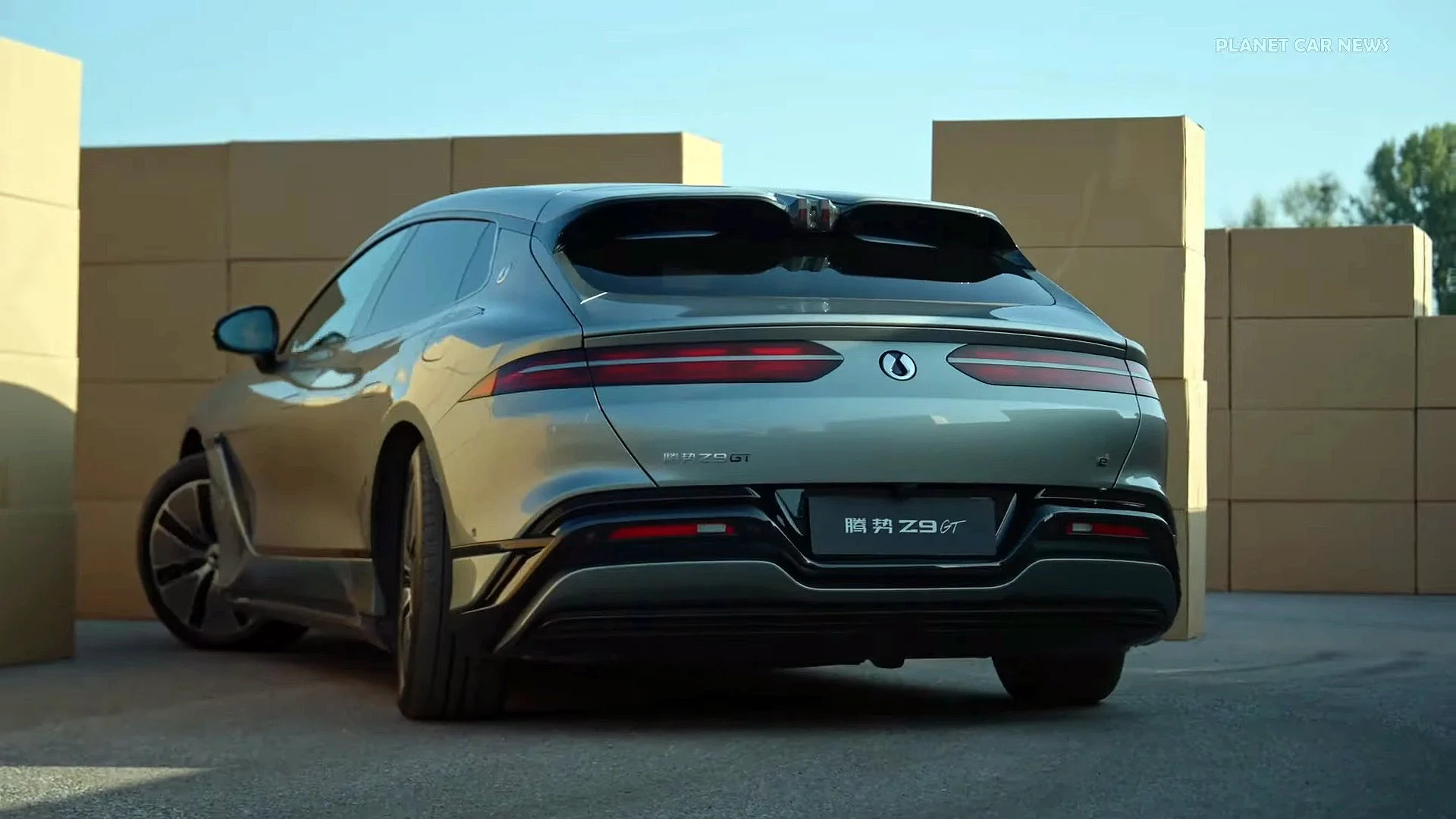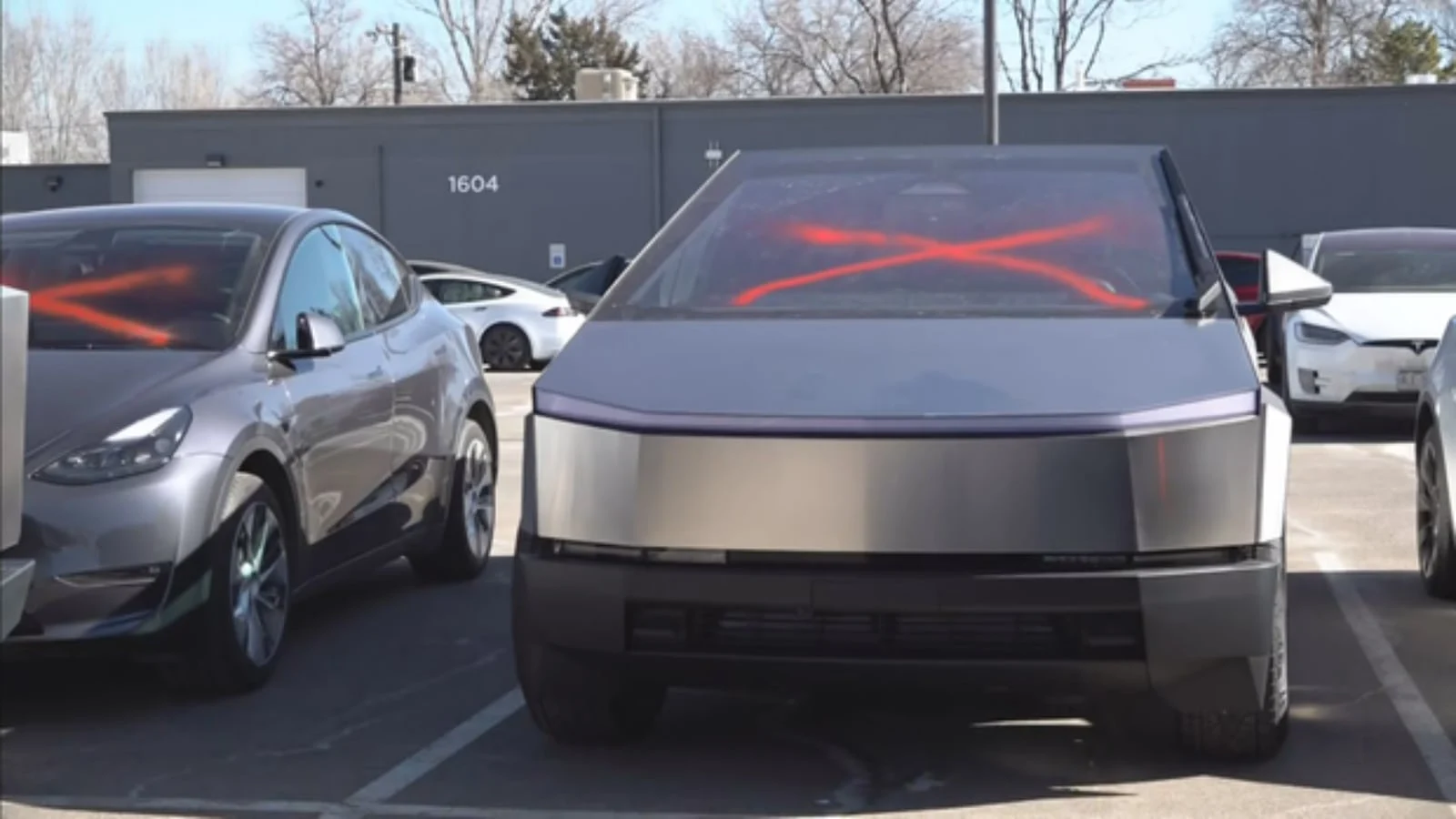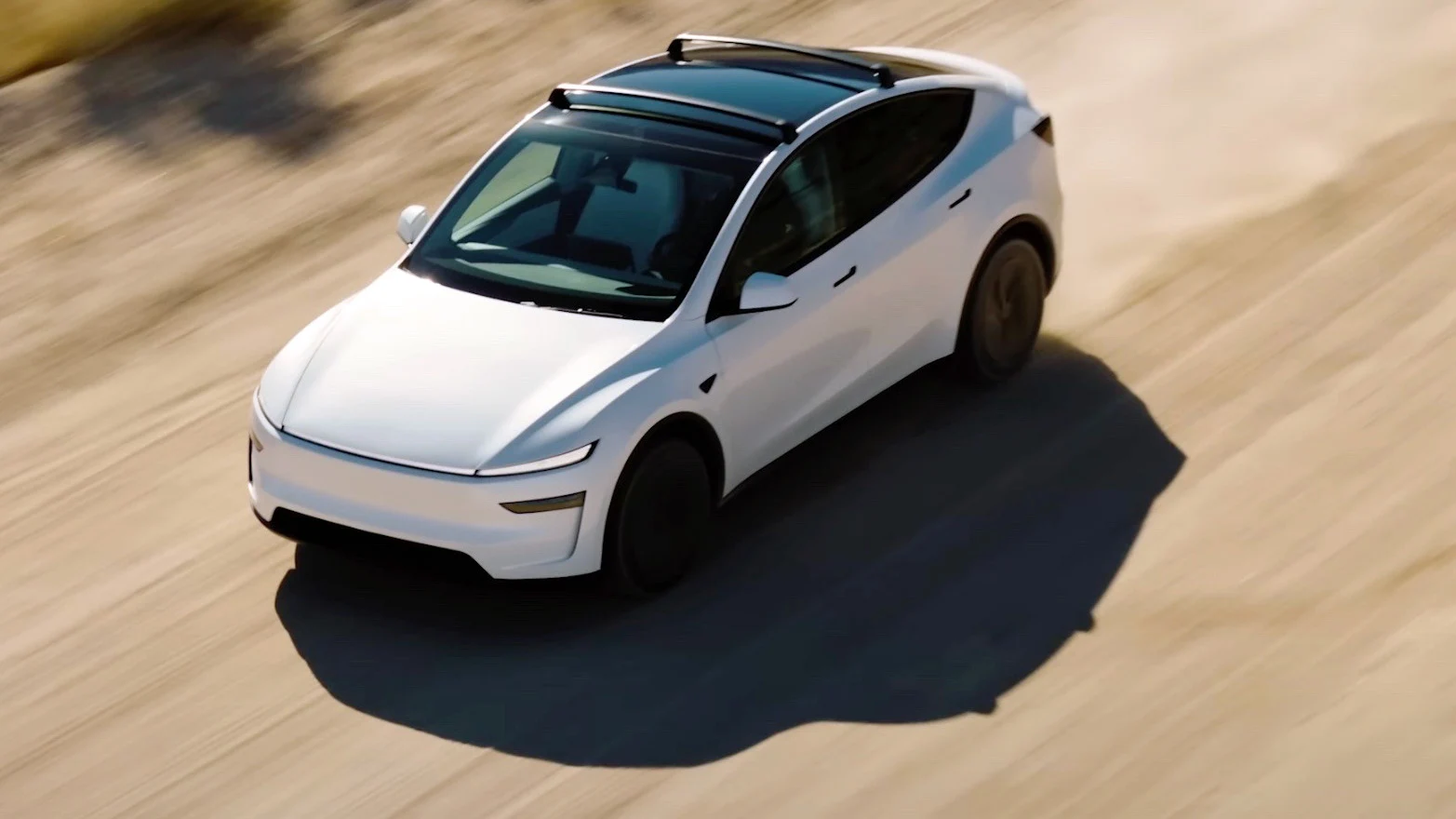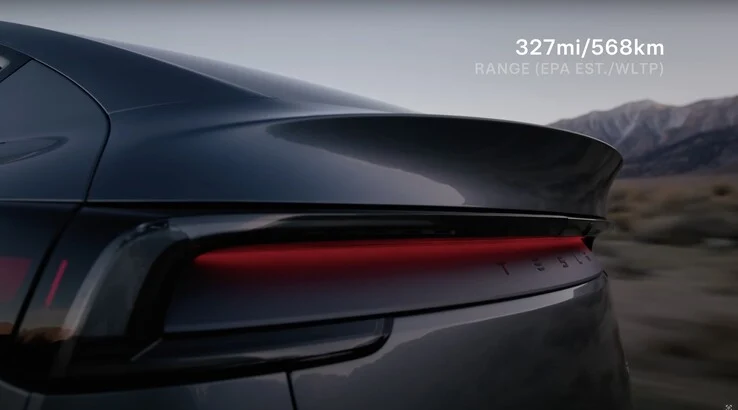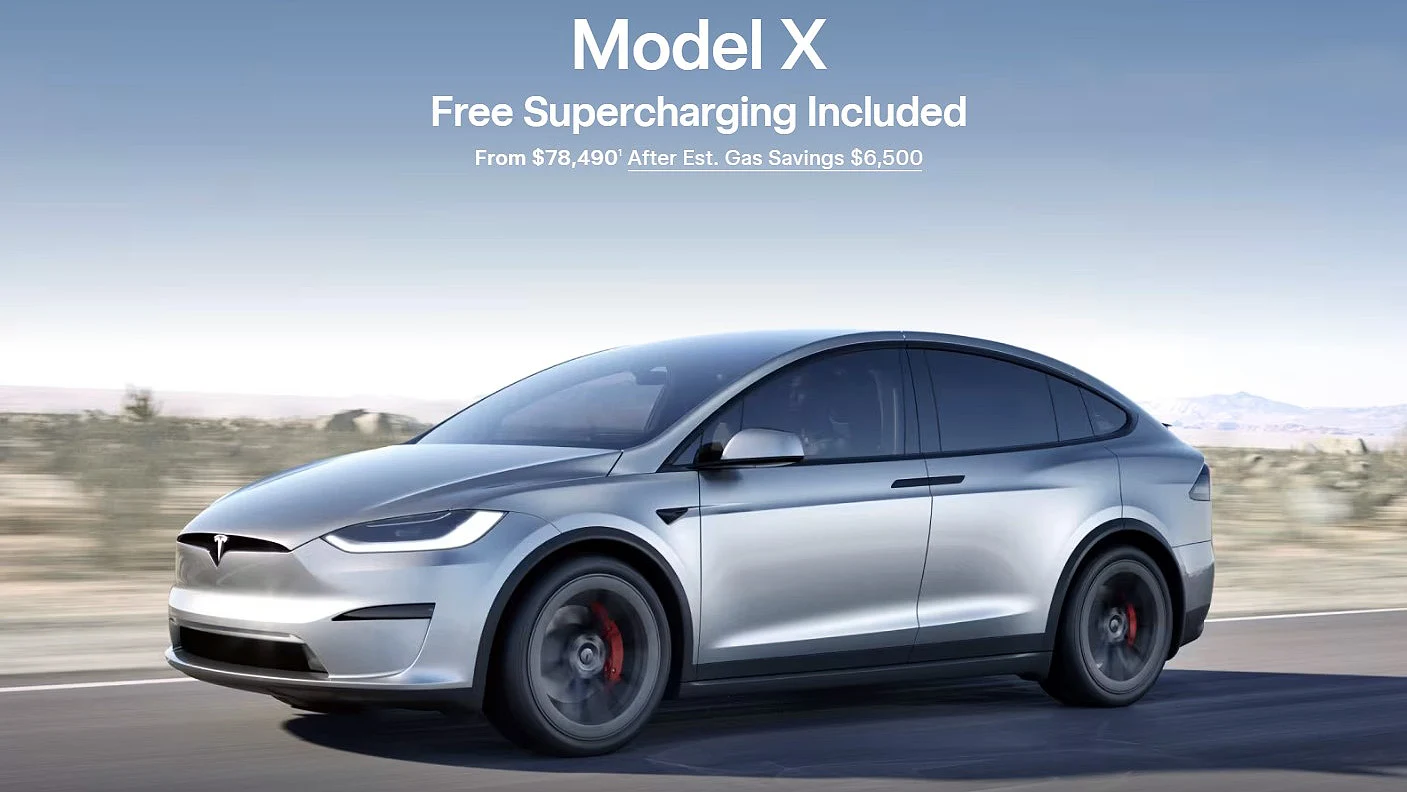Key Takeaways
1. Tesla’s Supercharger network is now open to non-Tesla electric vehicles globally.
2. Cable theft poses a significant challenge, making it difficult for users to find chargers.
3. Tesla is engraving “Property of Tesla Motors” on Supercharger cables to deter theft.
4. The engraving strategy aims to make it harder for thieves to sell stolen cables to recycling centers.
5. Additional protective measures include wrapping cables with cut-resistant materials and using dye to mark thieves.
Tesla’s Supercharger network is now allowing non-Tesla electric vehicles (EVs) to charge their batteries all around the world. But there’s a big problem: cable theft is always a risk, which makes it harder for people to find chargers. To combat this issue, Tesla is coming up with innovative ways to stop thieves. The newest tactic is to engrave its name on the chargers, making it harder for stolen items to be sold.
Engraving for Protection
Max de Zegher, Tesla’s Head of Charging, mentioned that “Property of Tesla Motors” will be engraved onto the copper within the Supercharger cables during their manufacturing. In a response on X, he pointed out that this is just one of the strategies the company is considering as they tackle vandalism.
Thwarting Thieves
With the Tesla name clearly marked, it would make it tough for thieves to sell the cables to recycling centers. De Zegher suggested that these companies should alert Tesla if they are approached with stolen charging cables. He reassured that this method is inexpensive and won’t interfere with the charging service or customer satisfaction.
Additional Measures
Tesla is also taking other steps to prevent cable damage. For instance, they are wrapping Supercharger cables with materials that resist cutting. Additionally, those who attempt to vandalize or steal the cables will be caught off guard by dye and ink that will burst all over them from beneath the wrapping.
Source:
Link


